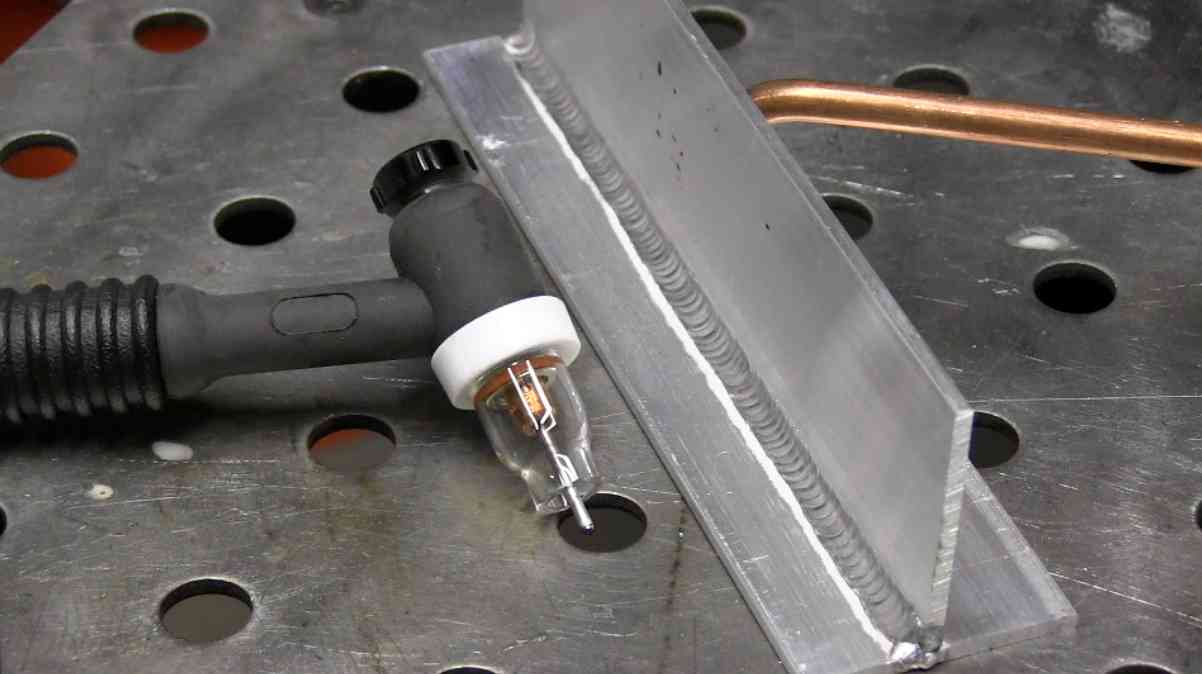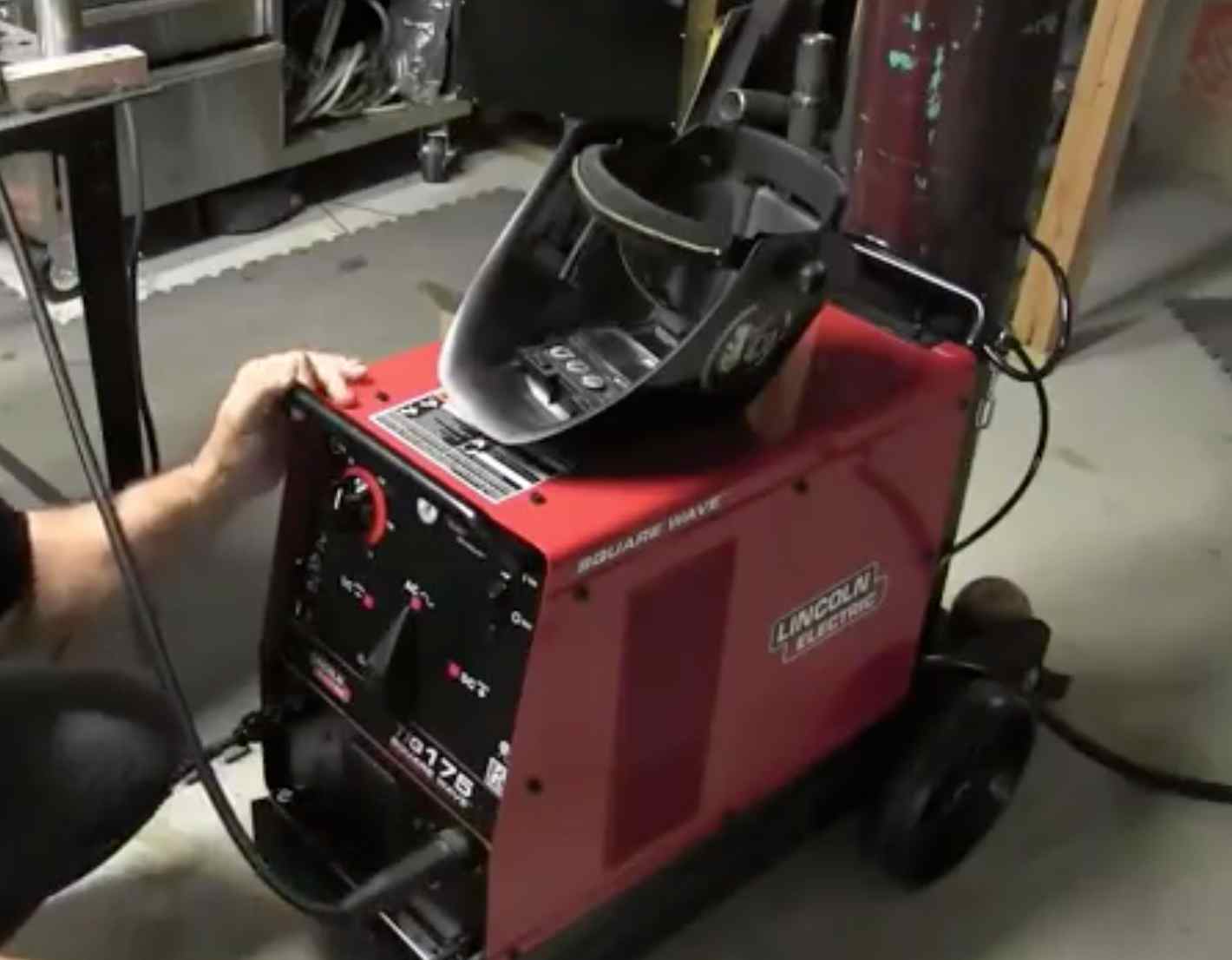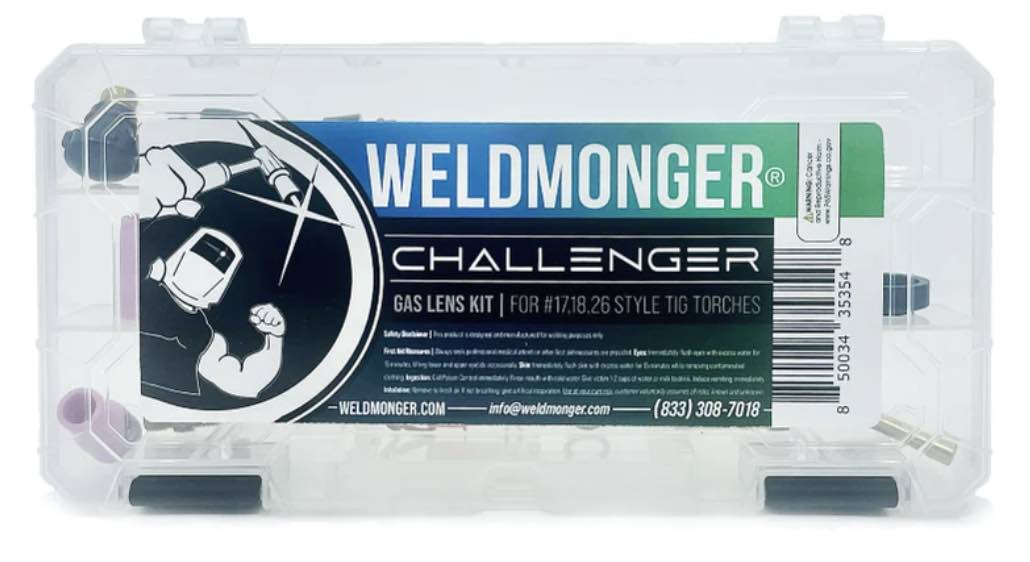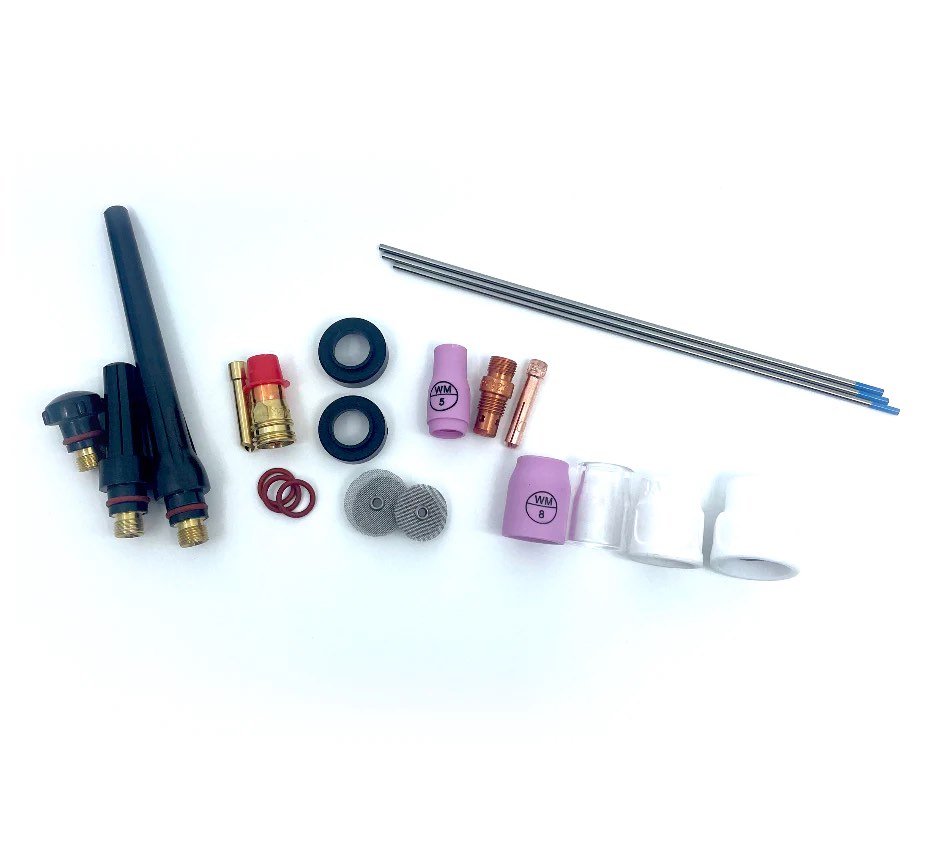TIG Welding Aluminum Tee Tips for 2f position
- HOME
- TIG WELDING ALUMINUM
- How to Tig Aluminum
- Tig Welding Aluminum
...Introducing the New WeldMonger Challenger TIG kit that includes the most frequently used Cups.
I get a lot of questions about tig welding aluminum tee joints.
Especially for thicknesses in the 1/16" (1.6 mm) or thinner range.
In this video, I am using 1/8" thick 6061 aluminum but the techniques are basically the same as for thinner aluminum.
The only real differences for thinner aluminum are less amps, smaller filler metal, and smaller dia electrode.
"Cleanliness of metal, arc length, torch angle, and all other details matter more on aluminum than on carbon steel."
Basically, everything that can go wrong on carbon steel, can go wrong worse on aluminum.
see more tig welding aluminum videos or go to the main TIG welding page
Learn more about Tig fingers here
Quick Tips from the video
- I didnt show it, but I cleaned the aluminum pieces with dynaflux aluminum cleaner and wiped with acetone
- extend the electrode just far enough so that you can use a tight arc length
- set amps to one amp per thousandths plus about 30%
- Typically, filler metal should be equal or smaller than thickness of what you are welding...I used 3/32" (2.4mm)
- I used a #5 cup with about 15-20 cfh for this video
- I like a blunt tapered electrode and usually just let it ball as it will
- take care not to cram too much filler to get a weld started
- add a few dabs of filler as you taper amperage at the end of a weld to prevent craters

Setting amperage for Tig welding aluminum

For Tig welding aluminum, you are going to need a bit more amps than you would for carbon steel.
For carbon steel, you can start with the "one amp per one thousands of an inch rule" or ( 40 amps per one mm).
But for Aluminum, sometimes its more like 1.5 amps per thousandths...depending on the size of the part.
for large parts, heat dissipates quickly because aluminum is very conductive.
But for a small tee joint sitting on a table, an amp setting of about 155 was about right and I backed off using the foot pedal once the heat built up.
What is the best Cup size for aluminum?
A gas lens is usually a good thing but not always needed.
lots of welders prefer to use a standard style collet body for tig welding aluminum.
and a #5 cup seems to be very popular too because it confines the cleaning action of the arc to a narrow zone.
Tungsten size and type
I use 2% lanth for everything.
So for the video, I used 3/32" (2.4mm) 2% lanth electrodes.
2% lanth is not the best for every situation but I thing it is the best all around electrode and so I use it for everything.
I dont care to have a toolbox drawer full of different color coded electrdoes.
filler rod type and size
There are many choices for filler metal but 4043 is probably the most widely used filler metal for aluminum and that is what I used for this video.
the base metal was 6061 and so 5356 filler metal would also be fine but 4043 wets out and flows better than 5356.
bells and whistles on newer inverter machines
I will go deeper into tig welding settings in future videos but for now, let me just say that all the bells and whistles on newer tig inverters are useful...
but not always needed to get the job done.
The reason I say that is because I was lucky enough to work for a company that upgraded from Miller Syncrowave 250 tig welders to Miller dynasty 200 dx units.
The quality of work did not skyrocket.
Here is what did happen...
The welders who were already above average, improved a bit more using the settings offered on the Dynasty welders...especially for tig welding aluminum edges.
Those who were only average welders, didnt notice any improvement.
So while I personally find some advantages to all the settings available on newer tig inverters, I am quick to admit there is hardly anything that can be welded using all those settings, that cant also be welded without them.
watch more tig videos

















